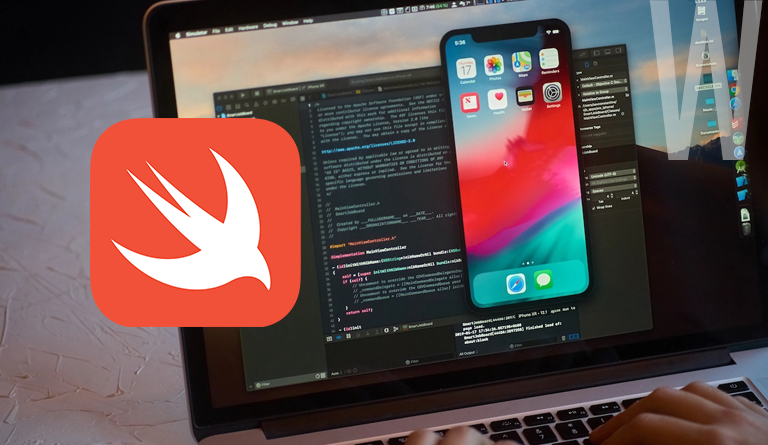
Swift Mobile Application
This course is designed to provide students with a comprehensive understanding of mobile app development for iOS using the Swift programming language. Participants will learn the fundamentals of iOS app architecture, user interface design, and Swift programming, enabling them to create functional and user-friendly applications for Apple devices.
Frequently Asked Questions
iOS is Apple's mobile operating system used on iPhones, iPads, and iPod Touches. It's known for its user-friendly interface and tight integration with Apple's hardware and services.
Swift is a modern programming language specifically designed for developing iOS, iPadOS, macOS, watchOS, and tvOS applications. It's known for its readability, safety features, and ease of use.
Swift is efficient, powerful, and integrates seamlessly with Apple's development tools (Xcode). It offers features like optionals for safer code and closures for cleaner functionality.
Swift is considered beginner-friendly compared to other languages. Its clear syntax and focus on safety features make it easier to pick up, even for those new to programming.
Many popular iOS apps, including Spotify, Netflix, and Airbnb, are built using Swift. It's become the primary language for iOS development.
iOS offers a smooth user experience, strong security features, regular software updates, and a vast app store with high-quality applications.
iOS is a closed system, offering less customization compared to Android. Upfront costs of Apple devices can be higher, and some features might require additional Apple hardware.
While Xcode, the primary development tool for iOS, is currently only available for Mac, Apple might offer alternative solutions in the future.
Understanding object-oriented programming (OOP) concepts: Swift is object-oriented, so grasping these concepts like classes, objects, and inheritance can be a hurdle. Debugging code: Learning to identify and fix errors in your code is an essential skill that takes practice. Managing complex projects: As projects grow, structuring code effectively and managing dependencies can become challenging.
Use meaningful variable and function names: This improves code readability and maintainability. Follow Swift coding conventions: Consistent formatting makes code easier to understand for yourself and others. Break down complex code into smaller functions: This promotes modularity and reusability. Comment your code: Explain the purpose of different code sections for better understanding.
- Understand iOS Ecosystem:
- Master Swift Programming Language:
- User Interface (UI) Design:
- Model-View-Controller (MVC) Architecture:
- Networking and Data Management:
- Multimedia and Animation:
- User Authentication and Security:
- Testing and Debugging:


